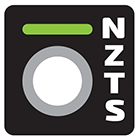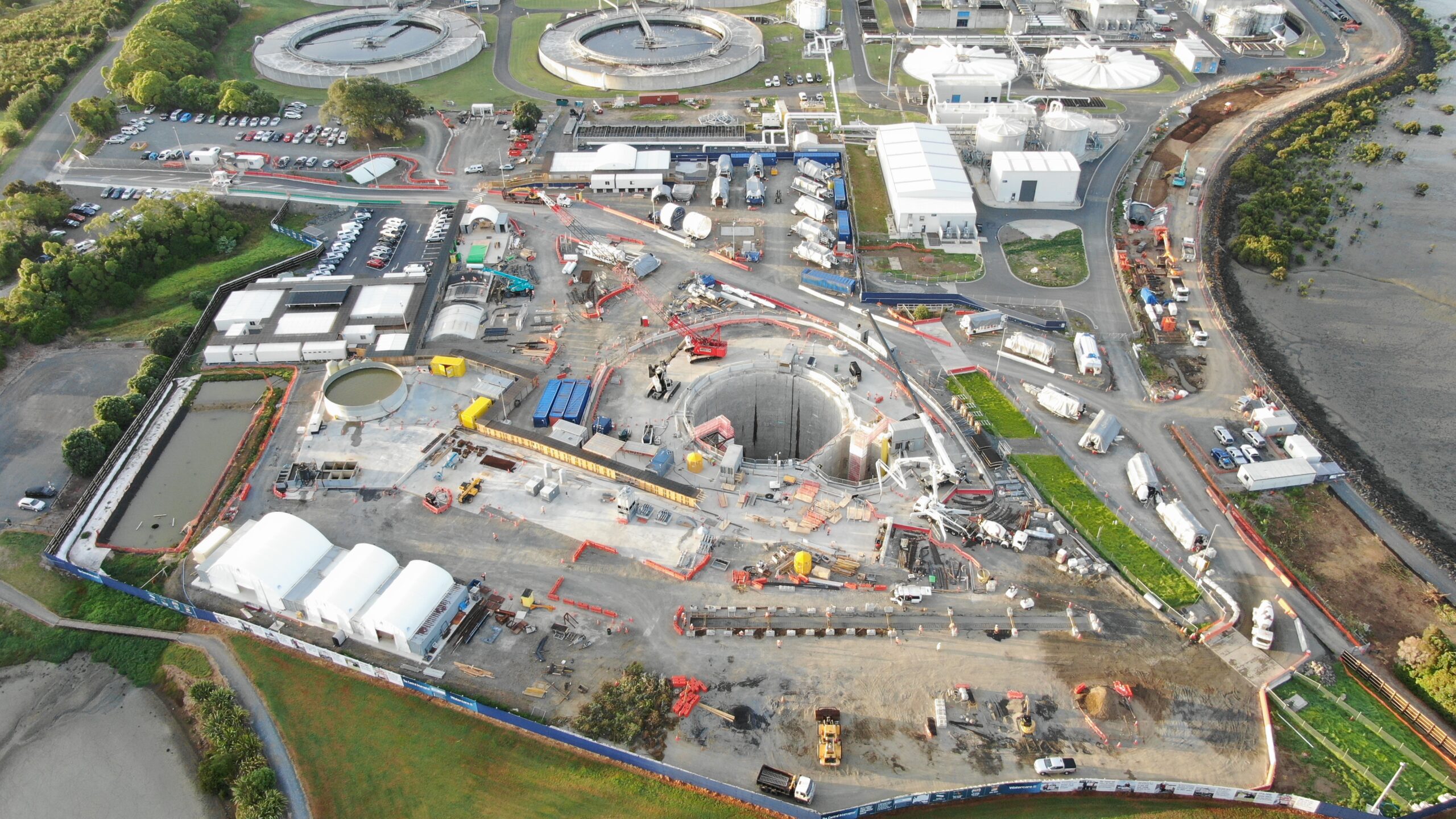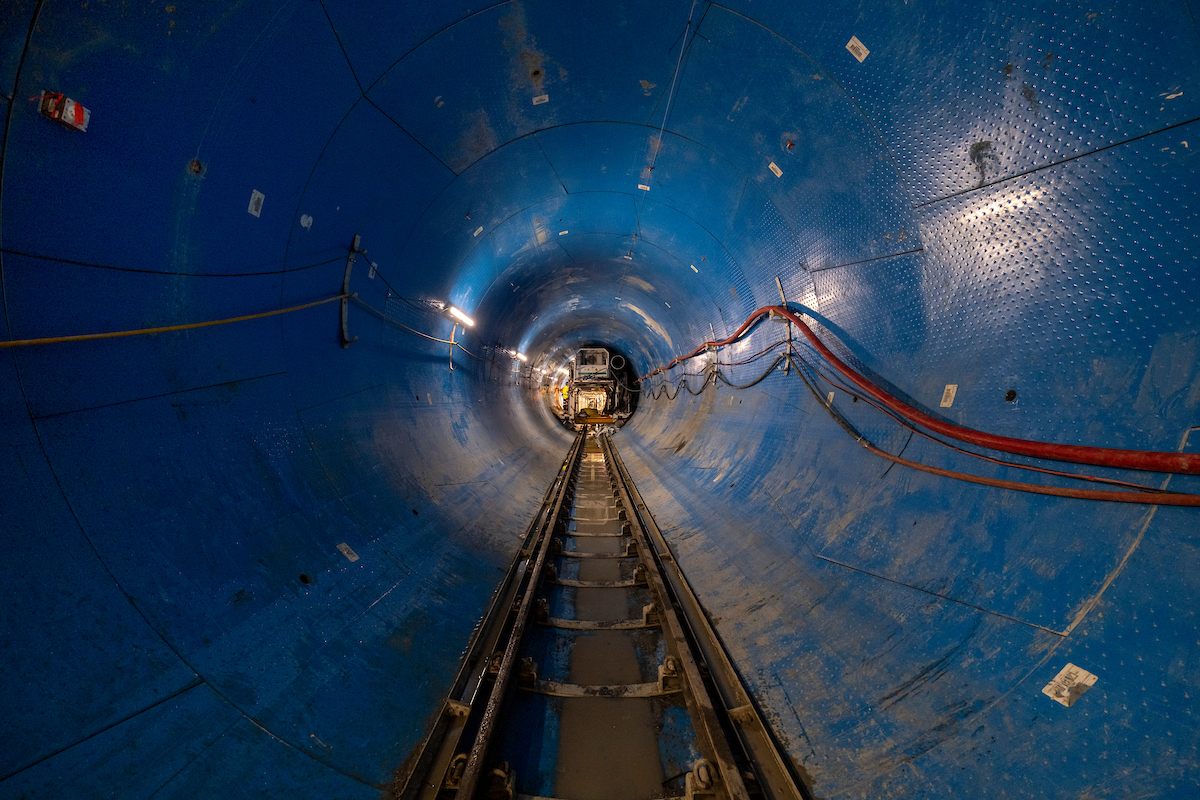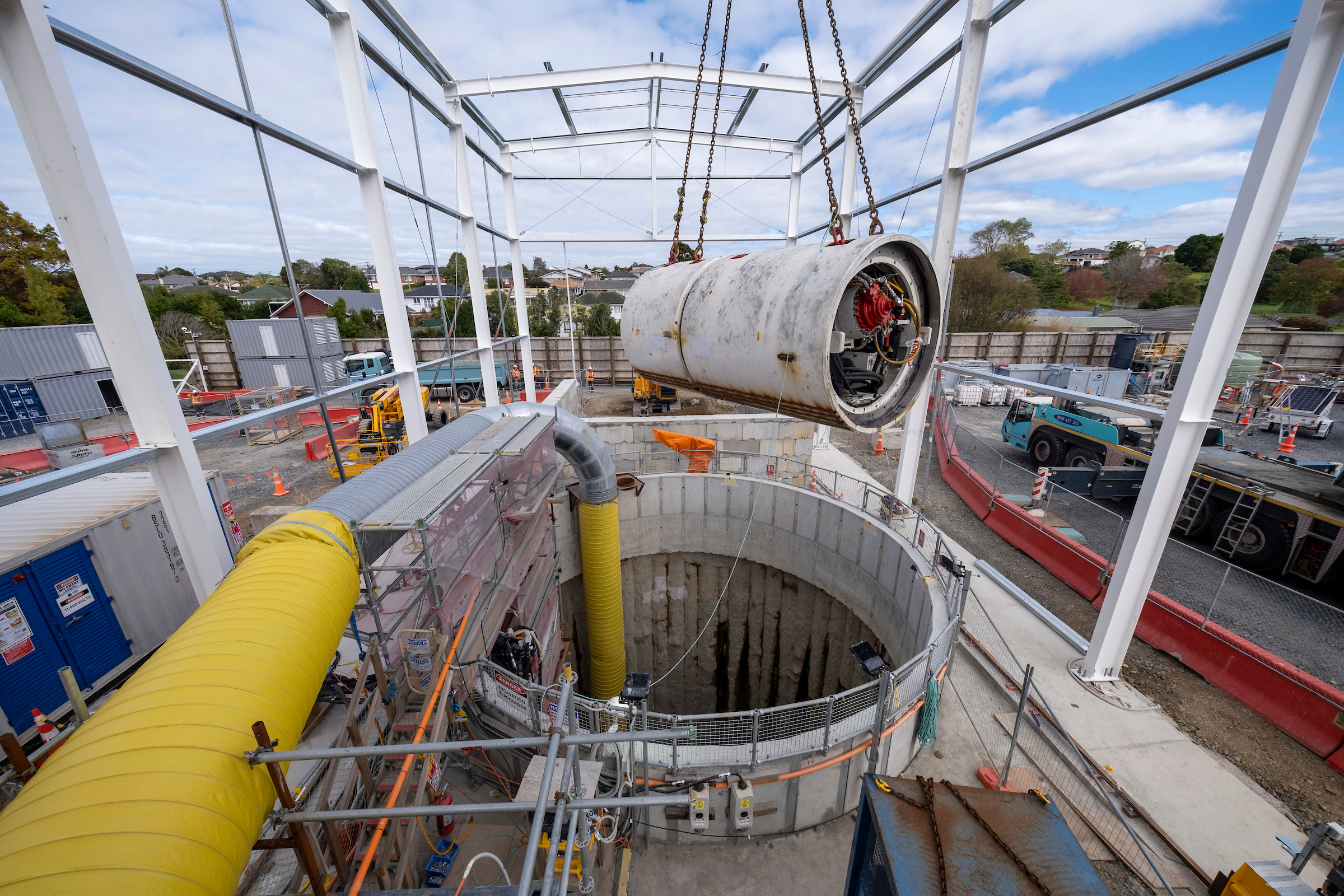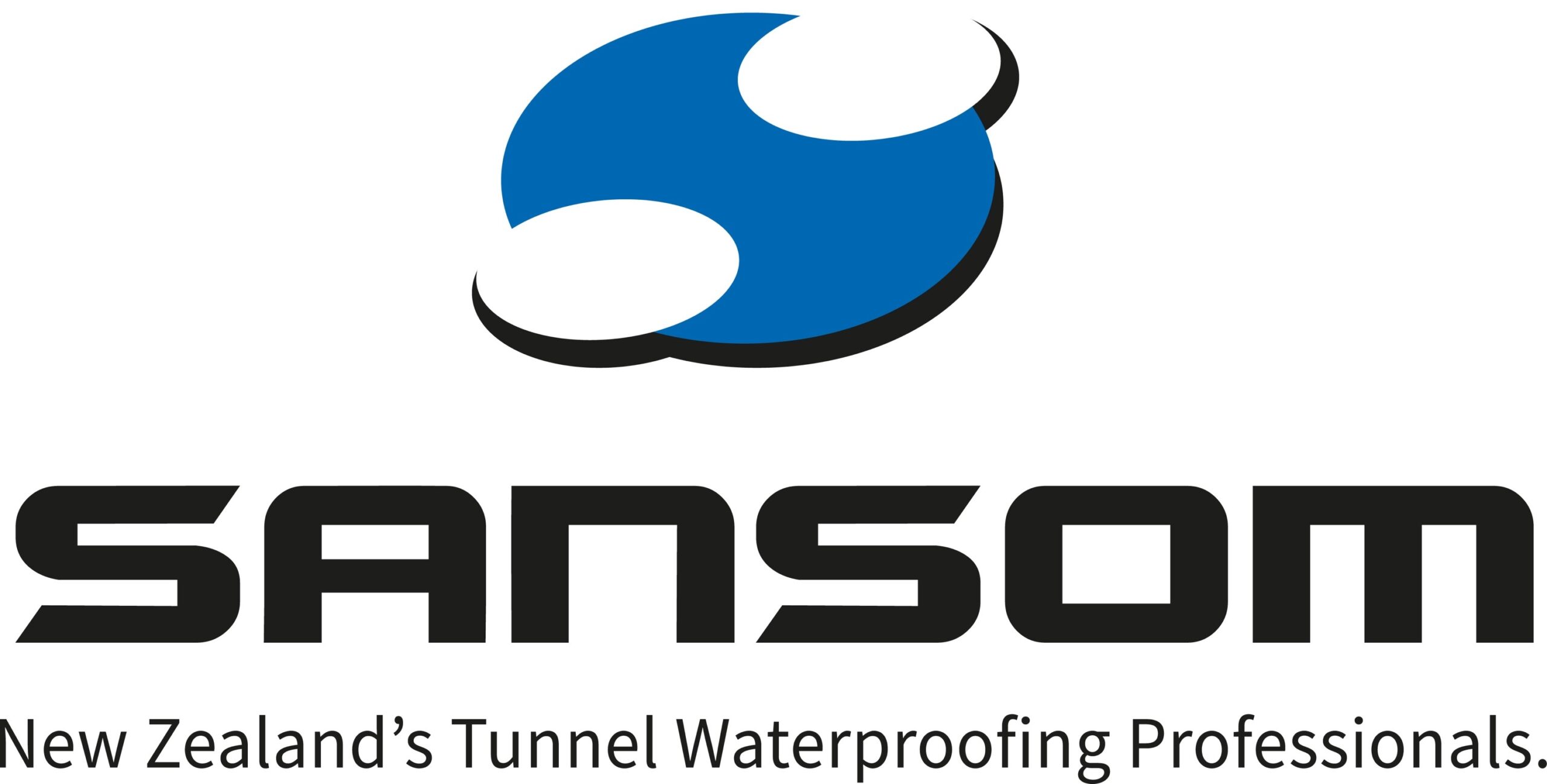Central Interceptor
A super-sized tunnel that will reduce wastewater overflows into central Auckland waterways.
- Project: Central Interceptor
- Date: 2019-2026
- Client: Watercare Services Limited
- Location: Central Auckland
- Main contractor: Ghella Abergeldie Joint Venture
- Estimated cost: $1.2B
The Central Interceptor (CI) tunnel is 4.5 metres internal diameter and will run for 14.7 kilometres from Grey Lynn under central Auckland and the Manukau Harbour to Māngere.
- This super-sized wastewater tunnel will significantly reduce wastewater overflows into central Auckland’s waterways.
- The CI is Watercare’s largest infrastructure project and will be New Zealand’s longest bored tunnel.
- The tunnel will lie between 15 and 110 metres below the surface. Along with two smaller link sewer tunnels being built, the main CI tunnel will collect wastewater from the existing network and take it to the Māngere Wastewater Treatment Plant.
- There are 16 construction sites along the tunnel route. The Central Interceptor will have permanent access shafts and drop shafts along with control and overflow structures, and air treatment facilities for future operational use.
- The main tunnel boring machine, Hiwa-i-te-Rangi, has a 5.4 diameter cutter head to grind through a variety of different soils and rocks. This spoil is then transported back to the shaft and trucked to Puketutu Island in Māngere to help restore the original volcanic cones, creating a public park for Aucklanders to enjoy.
- The Central Interceptor project will truck up to 5,000m3 of spoil a week - that's enough to fill up more than 150 six-metre-long sea containers.
- Hiwa-i-te-Rangi will lay 9,000 precast concrete segment rings - each made up of six interlocking pieces. The resulting 4.5m-diameter pipe has a durable lining which protects the concrete from corrosion over its 100-year lifespan.
- The Central Interceptor will use a second micro TBM to bore two link sewers at depths ranging from 12m to 70m, with a combined length of 4.3km.
- Link Sewer C, which runs from May Road in Mt Roskill to Miranda Reserve in Avondale, will have a 2.1m internal diameter. This will be widened to 2.4m to bore Link Sewer B from Mount Albert War Memorial Park to Rawalpindi Reserve.
- Named Domenica, after contractor Ghella’s family matriarchs, she uses a pipe jacking system with fully-constructed concrete pipes to line the tunnels. This involves lowering each pipe into the shaft behind the previous one. A hydraulic jacking rig pushes it forward and this gives the TBM her cutting momentum.
